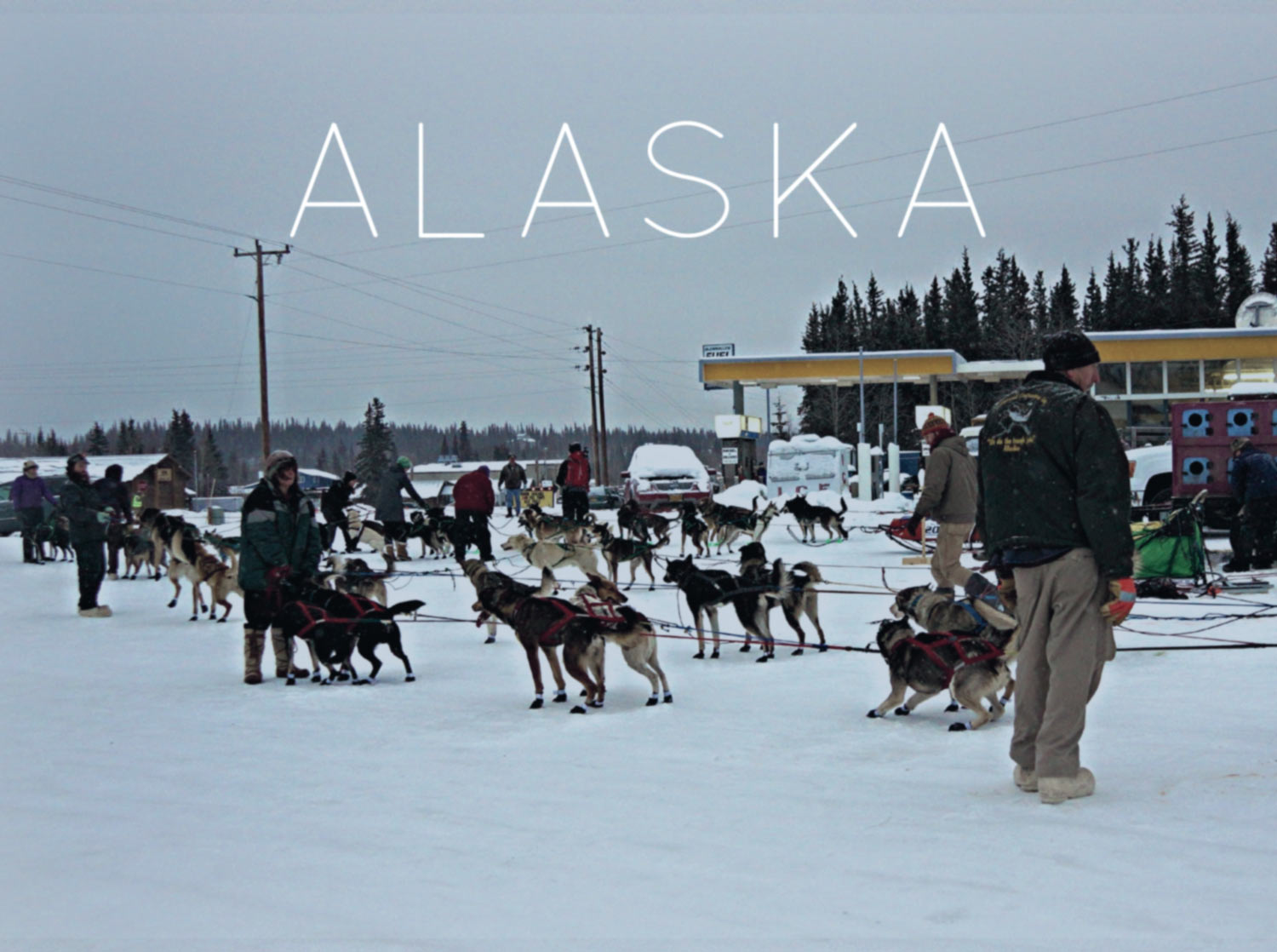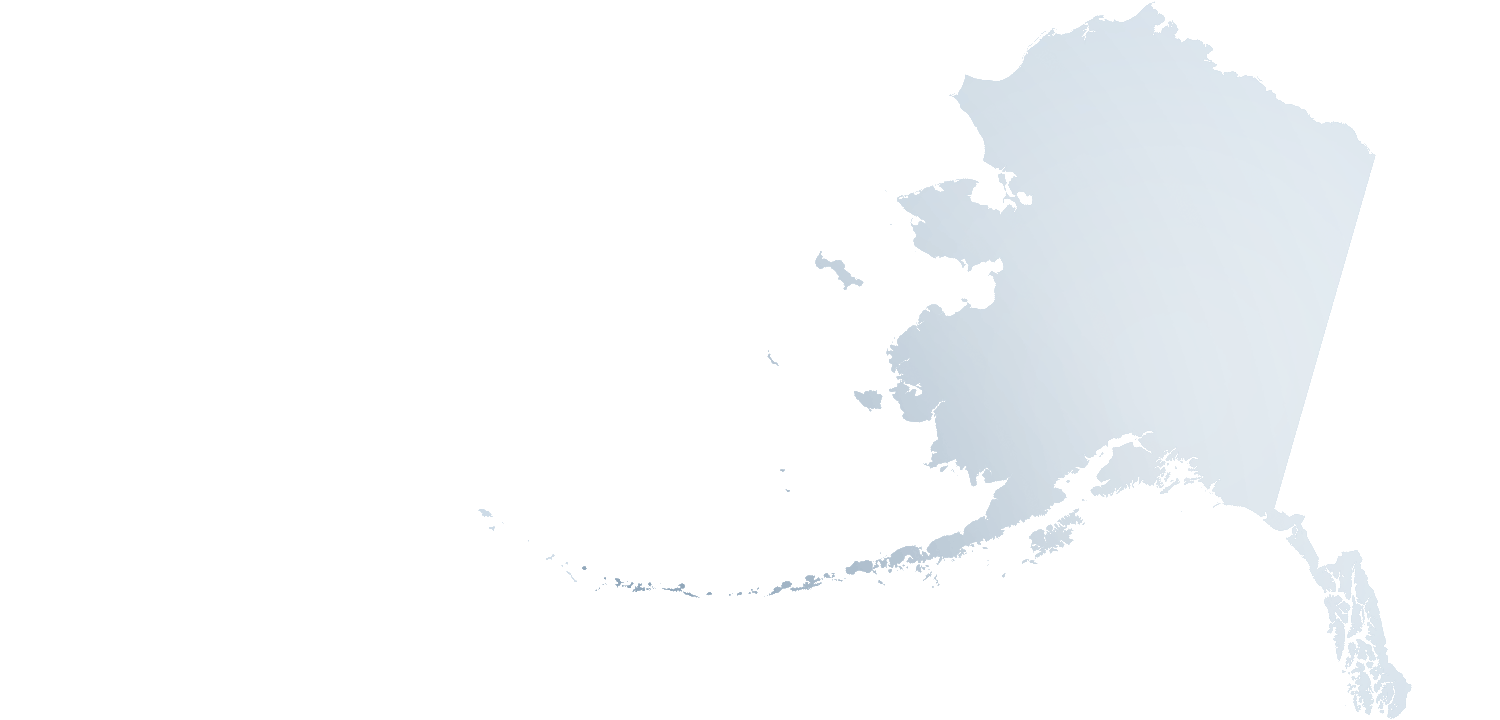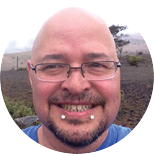


The point of view of people living in the North has also been gathered from short story writings inspired by a questionnaire used during expeditions. Those short stories, written by one author from each of the 8 countries touching the Arctic Polar Circle, will serve as creative inspiration. Here are some excerpts.
We anticipated this from our schoolmates, but we didn’t expect racism at home, too. There
were times we would come home to see an aunt or uncle visiting my father. I would hear
the word, “Naluaġmiu” in a sentence, meaning ‘white person’ in Iñupiaq. Even in my
adulthood, even though I wear tuutaq (Iñupiaq labrets), I would hear it. I picked up my
visiting aunt for dinner, and she spoke to her companion in Iñupiaq. She stated that she
thought I was a white person. She then looked at me asking if I understand Iñupiaq. I raised
my eyebrows in affirmation, and stated that I am part white and proud of it.
 Listen to the author read the excerpt
Listen to the author read the excerpt

“Uvaŋa atiġa Asiqłuq. My Iñupiaq name is Asiqłuq.” He is also called Charles “Sean” Topkok. Sean is Iñupiaq, Sámi, Irish, and Norwegian. His family is from Teller, Alaska, and currently lives in Fairbanks. He has worked at the Alaska Native Knowledge Network (ANKN) at the University of Alaska Fairbanks (UAF) since April 1997; and now is an Assistant Professor for the School of Education. Through his experiences at ANKN, he continues to work closely with Alaska Native communities and educators, as well as other Indigenous groups worldwide. He has been informally adopted by Yup’ik Elders, and formally adopted by the Tlingit and giving him the name Deikeejaakhw. Sean earned a Ph.D. in Indigenous Studies at UAF; has a Master of Arts degree in Cross-Cultural Studies and Bachelor of Arts degree in Humanities, both from UAF. Sean is the founder and leader of the Pavva Iñupiaq Dancers of Fairbanks. Pavva encourages anyone interested in learning about Iñupiaq culture to participate. Members of the dance group include people from all over the Iñupiaq region including: Seward Peninsula, Northwest Arctic, and North Slope regions of Alaska.
+